Introduction
Coloring is more than just a fun activity for kids; it’s a great way to develop their fine motor skills, enhance their creativity, and introduce them to new concepts and cultures. One unique and engaging theme for coloring pages is the Jicama. Known for its crunchy texture and sweet flavor, Jicama can also inspire imaginative and educational coloring pages. In this blog post, we’ll explore 20 Jicama-themed coloring pages that will captivate children and offer them a fun way to learn about this intriguing vegetable.
Age Range: Who Can Enjoy These Coloring Pages?
Jicama coloring pages are suitable for a wide range of ages. Here’s a breakdown of who can enjoy these coloring pages:
- Toddlers (Ages 2-4): Simple Jicama shapes and large, bold outlines are perfect for toddlers. These pages help with early motor skills as kids use crayons or markers to color inside the lines.
- Preschoolers (Ages 4-6): More detailed Jicama coloring pages with various elements like faces, patterns, and textures can be enjoyable for preschoolers. They can also start learning about the vegetable’s shape and characteristics.
- Early Elementary (Ages 6-8): Elementary-aged kids can tackle more intricate designs. These coloring pages can be both fun and educational, introducing them to the concept of Jicama and encouraging creativity with more complex patterns.
- Late Elementary (Ages 8-12): Older kids can appreciate detailed and stylized Jicama designs that require more precision. These pages can also be used to teach more about the Jicama and its role in different cuisines.
Facts About the Jicama Creature
- Native to Mexico: Jicama is a root vegetable originally from Mexico, where it has been grown for centuries. It is a staple in Mexican cuisine and is often eaten raw or cooked.
- Crunchy Texture: The flesh of the Jicama is crisp and has a texture similar to an apple. This makes it a refreshing and healthy snack.
- Nutritional Value: Jicama is low in calories and high in fiber, vitamin C, and several other essential nutrients. It’s a great addition to a balanced diet.
- Sweet Flavor: Jicama has a mildly sweet flavor, which makes it a popular choice for salads and dips. Its subtle taste pairs well with a variety of other ingredients.
- Versatile Ingredient: Besides being eaten raw, Jicama can be stir-fried, roasted, or used in soups. It is versatile and can be incorporated into many different recipes.
- Unique Appearance: The Jicama root has a rough, brown skin and a round or oval shape. Its flesh is white and crisp, offering a stark contrast to its outer skin.
- Cultural Significance: In many Latin American countries, Jicama is commonly enjoyed as a snack or in salads, often seasoned with lime juice and chili powder.
- Hydration Benefits: Jicama is high in water content, which helps keep the body hydrated and supports overall health.
- Low Glycemic Index: Jicama has a low glycemic index, making it a good choice for people managing their blood sugar levels.
- Growing Season: Jicama is typically grown in warm climates and requires a long growing season. It thrives in well-drained soil and plenty of sunlight.
- Edible Seeds: While the root is commonly consumed, the seeds of the Jicama plant are also edible but are less commonly eaten.
- Historical Use: The use of Jicama dates back to ancient civilizations in Mexico, where it was cultivated and enjoyed for its nutritious benefits.
- Plant Characteristics: Jicama plants are climbing vines with large, heart-shaped leaves. The roots are the edible part, while the plant itself has ornamental qualities.
- Storage Tips: To keep Jicama fresh, store it in a cool, dry place. It can last for several weeks if stored properly.
- Preparation Methods: Jicama can be eaten raw, sliced into sticks for dipping, or cooked in various dishes to enhance flavor and texture.
- Common Recipes: Popular recipes that include Jicama are salads, salsas, and stir-fries, showcasing its versatility in different culinary traditions.
- Fun Fact: Jicama is also known as Mexican turnip or yam bean, highlighting its diverse naming across different regions.
- Health Benefits: The fiber in Jicama aids in digestion, while the vitamin C content supports a healthy immune system.
- Flavor Pairings: Jicama pairs well with a variety of flavors, including citrus, herbs, and spices, making it a great addition to many dishes.
- Educational Value: Using Jicama coloring pages can help children learn about healthy eating and the benefits of incorporating vegetables into their diet.
- Artistic Inspiration: Jicama-themed coloring pages can inspire kids to explore different colors and patterns, enhancing their artistic expression and creativity.
Explore 20 Jicama Coloring Pages For Kids
Jicama Coloring Page 1 for Kids
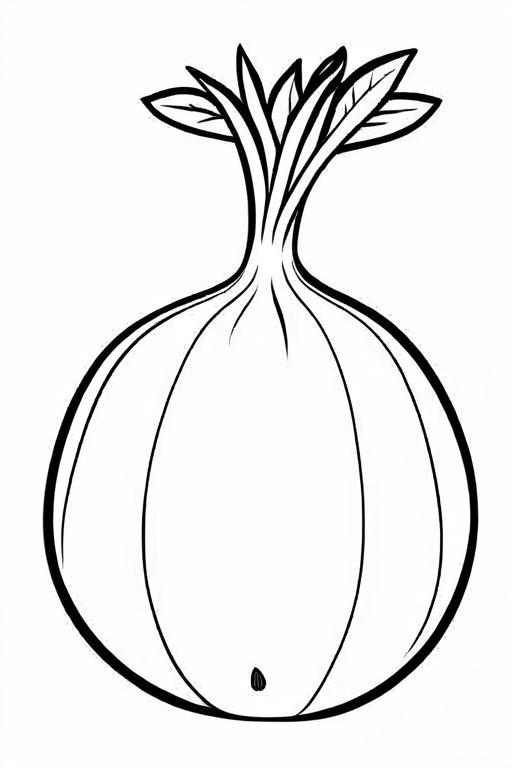
Jicama Coloring Page 2 for Kids
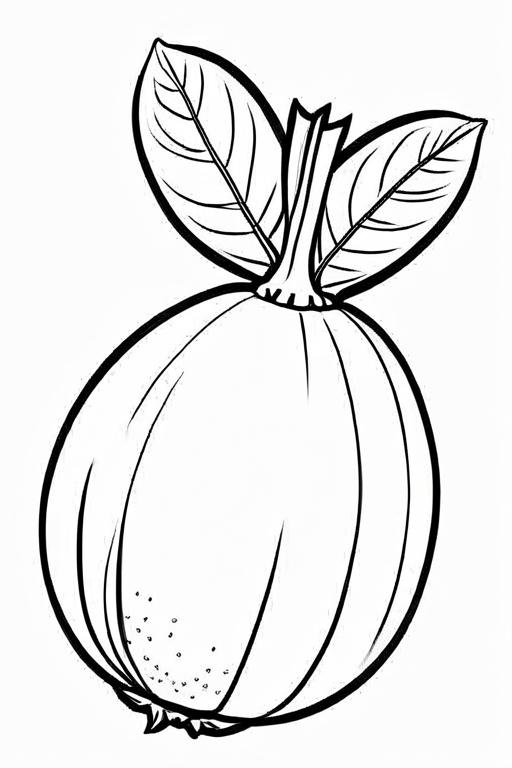
Jicama Coloring Page 3 for Kids
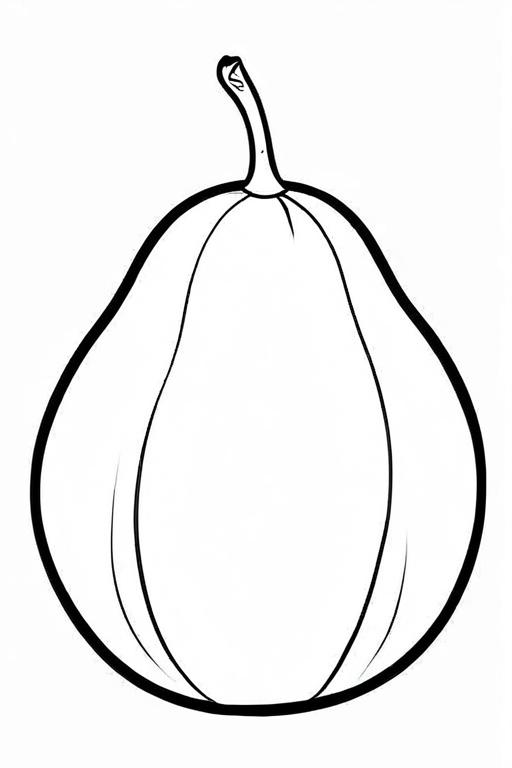
Jicama Coloring Page 4 for Kids
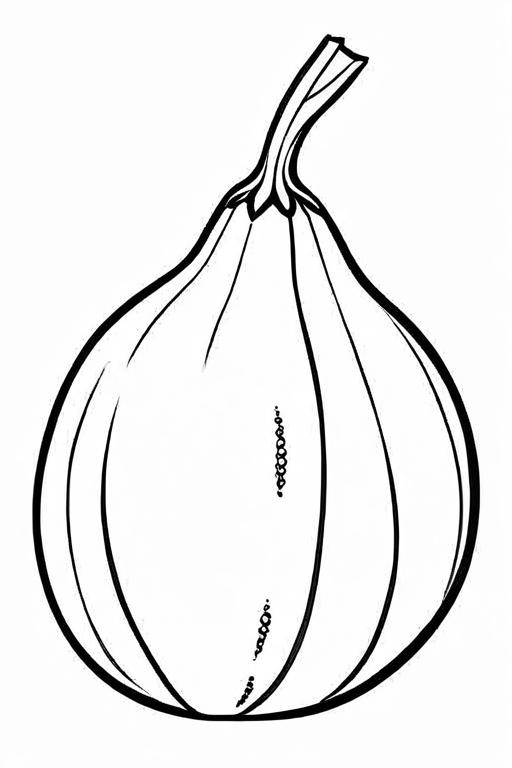
Jicama Coloring Page 5 for Kids
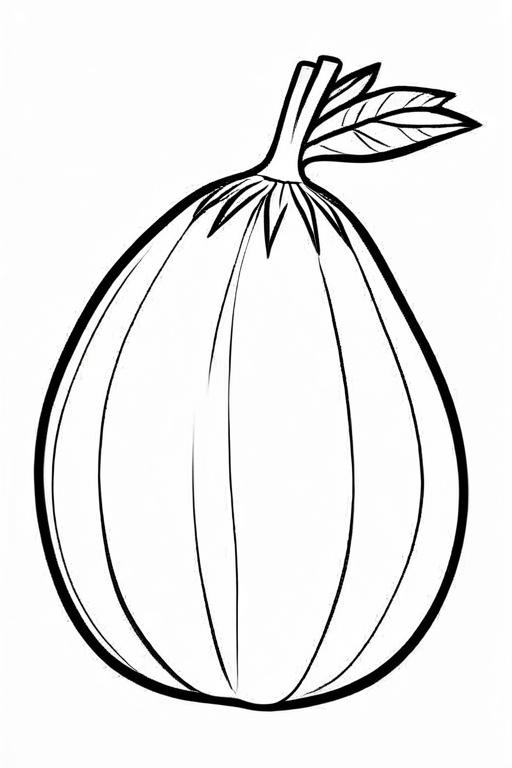
Jicama Coloring Page 6 for Kids
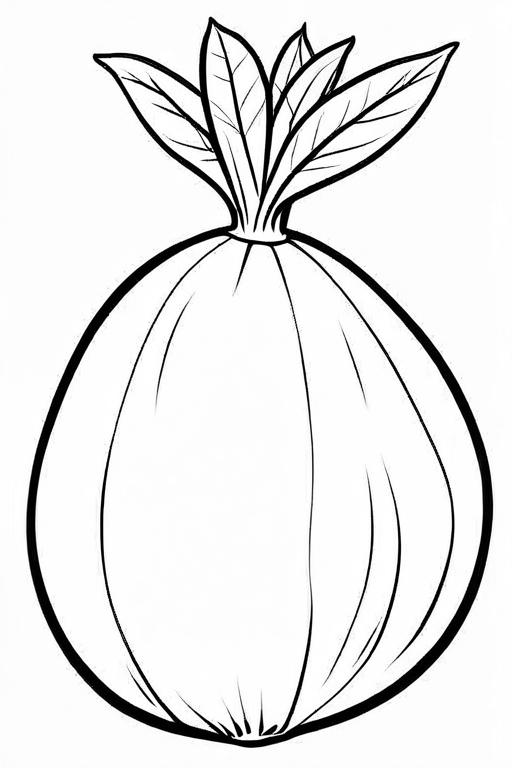
Jicama Coloring Page 7 for Kids
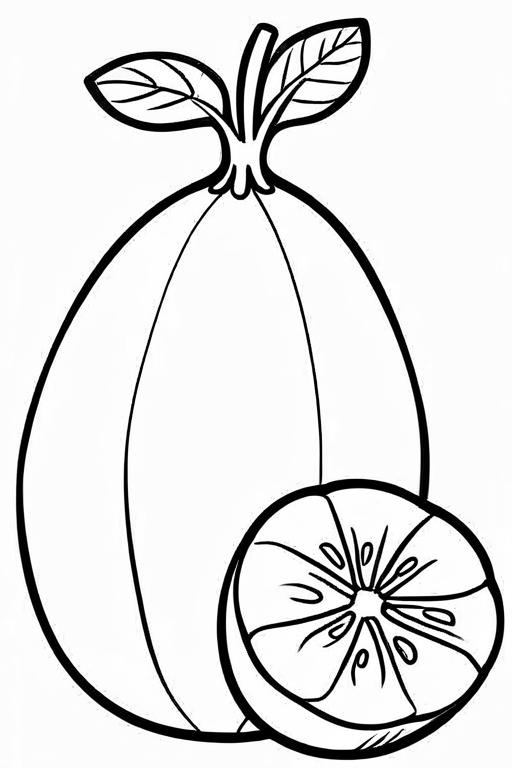
Jicama Coloring Page 8 for Kids
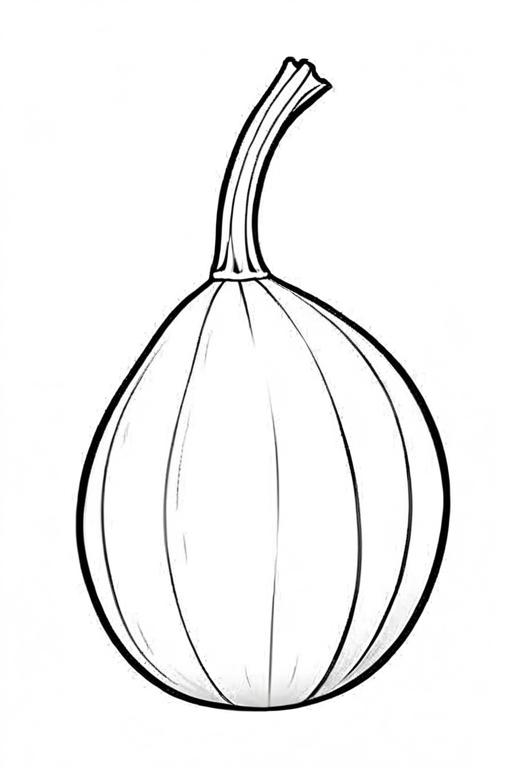
Jicama Coloring Page 9 for Kids
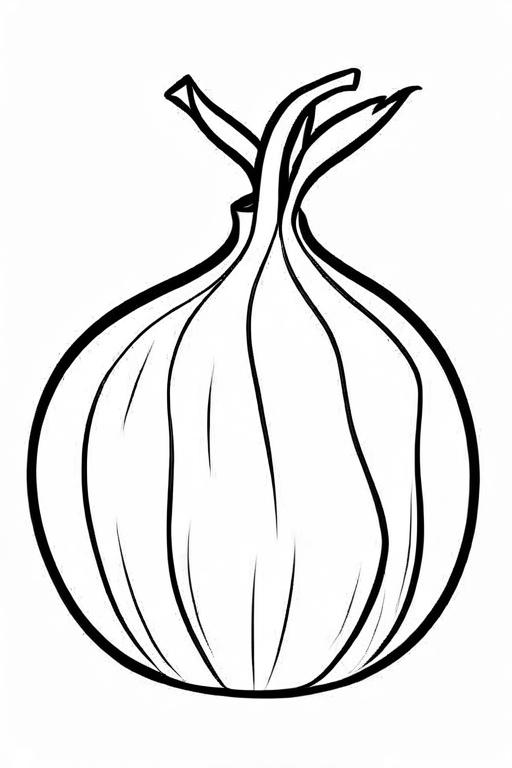
Jicama Coloring Page 10 for Kids

Jicama Coloring Page 11 for Kids
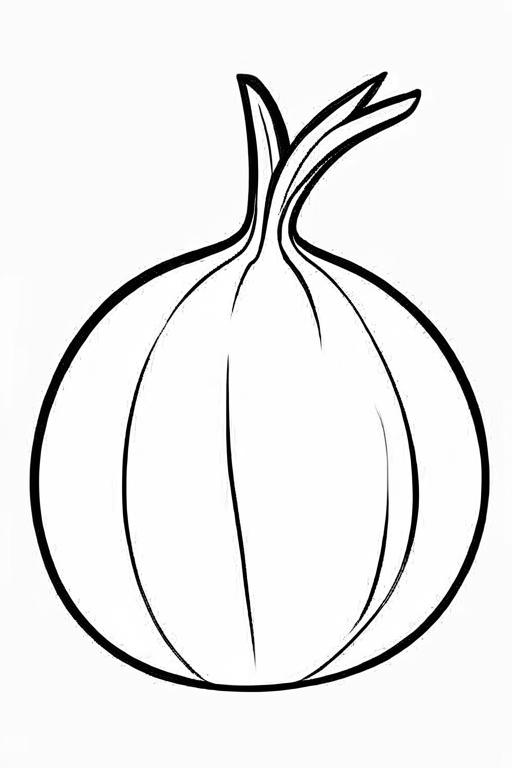
Jicama Coloring Page 12 for Kids
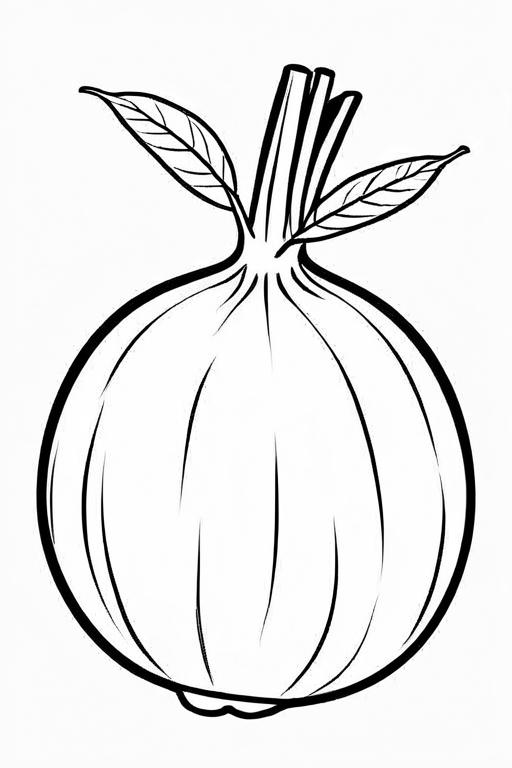
Jicama Coloring Page 13 for Kids
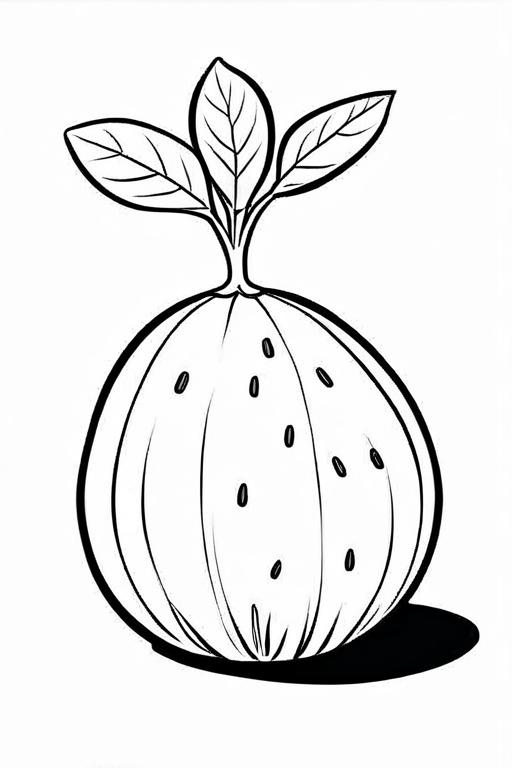
Jicama Coloring Page 14 for Kids

Jicama Coloring Page 15 for Kids
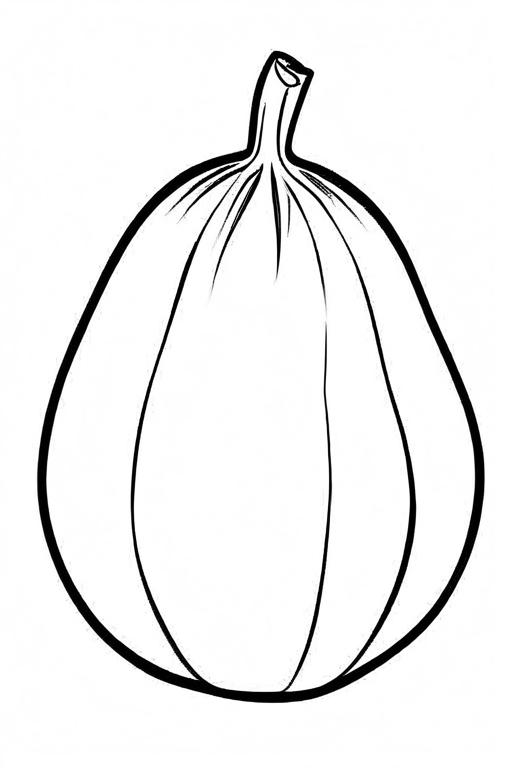
Jicama Coloring Page 16 for Kids
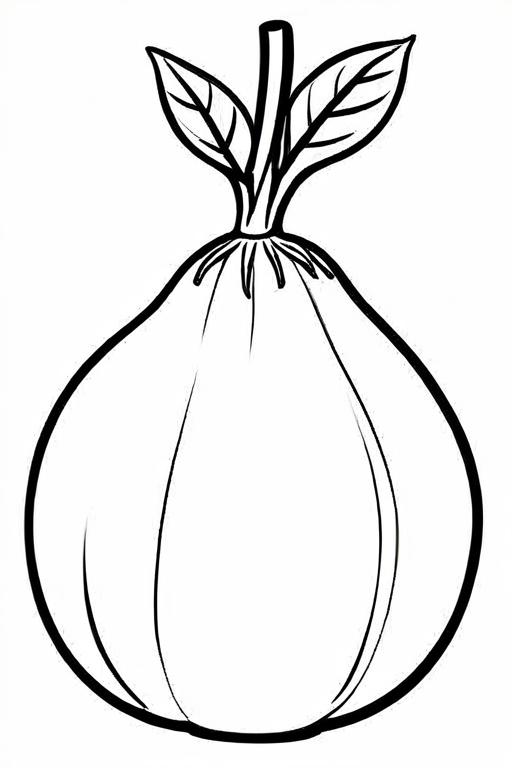
Jicama Coloring Page 17 for Kids
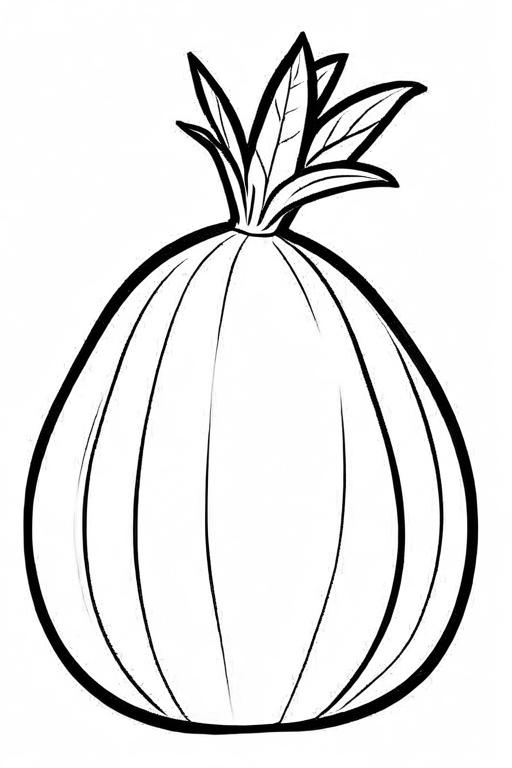
Jicama Coloring Page 18 for Kids
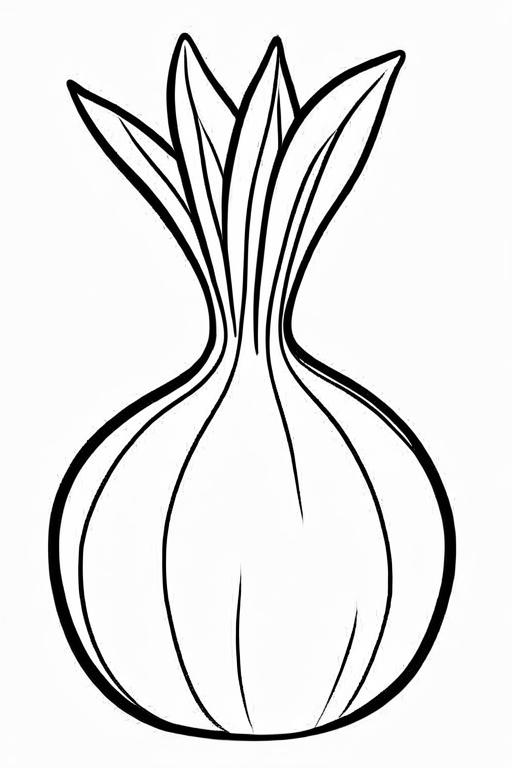
Jicama Coloring Page 19 for Kids
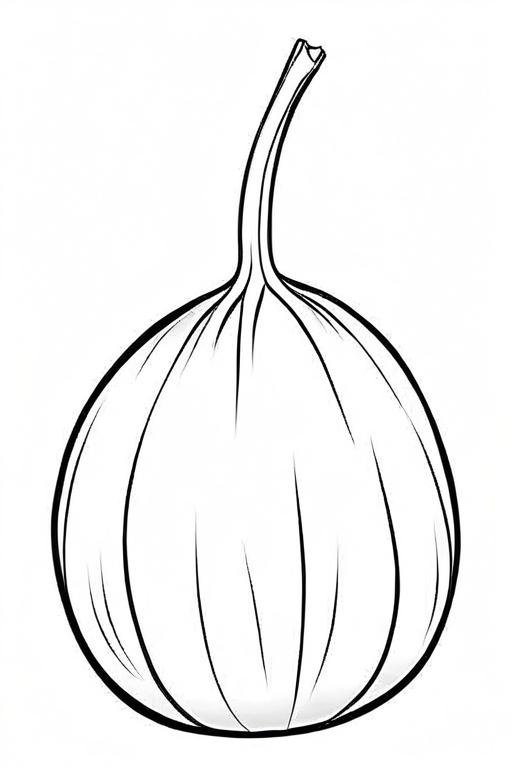
Jicama Coloring Page 20 for Kids
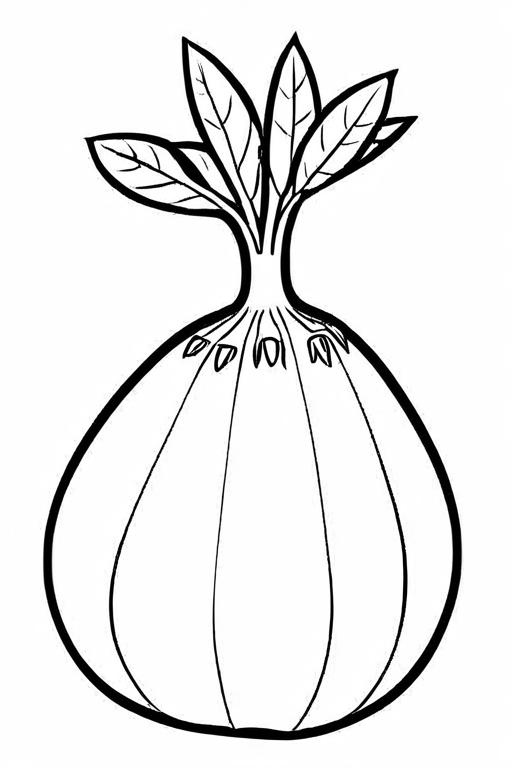
Conclusion
Jicama coloring pages offer a delightful and educational experience for children. They provide an opportunity to engage in a creative activity while learning about a unique and nutritious vegetable. Whether you’re a parent looking for a fun activity or an educator seeking to introduce students to new concepts, Jicama coloring pages are a fantastic choice. With 20 different pages to choose from, there’s plenty of variety to keep kids entertained and inspired!

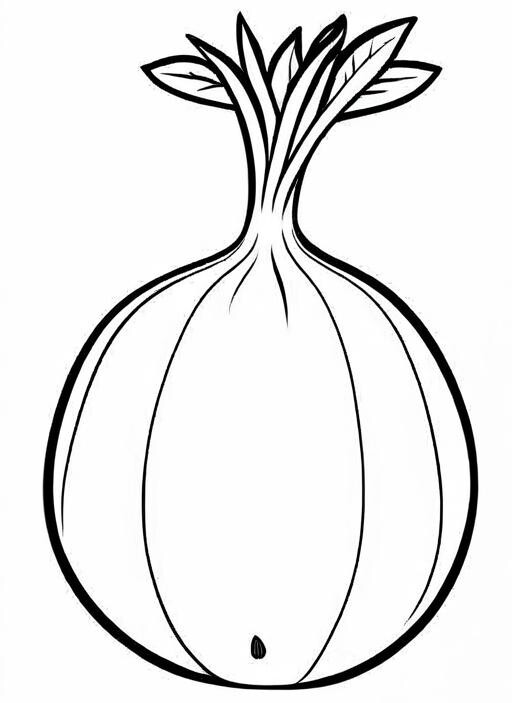

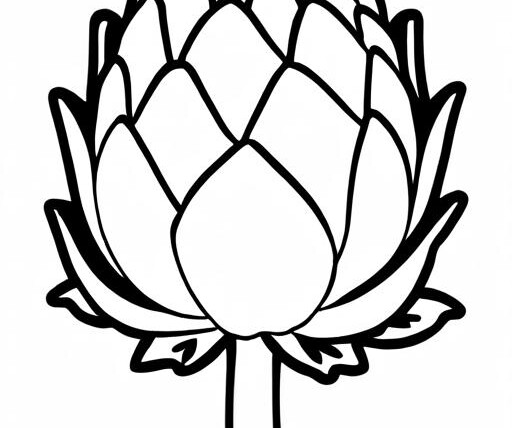

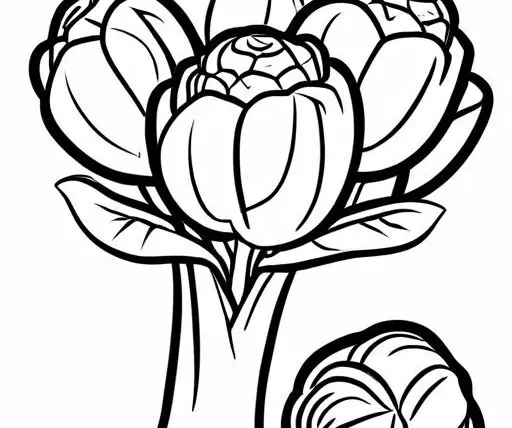
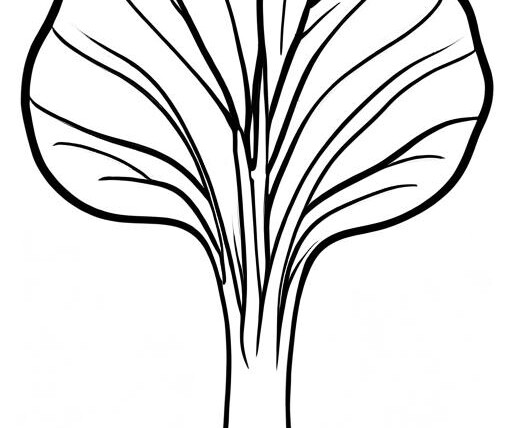
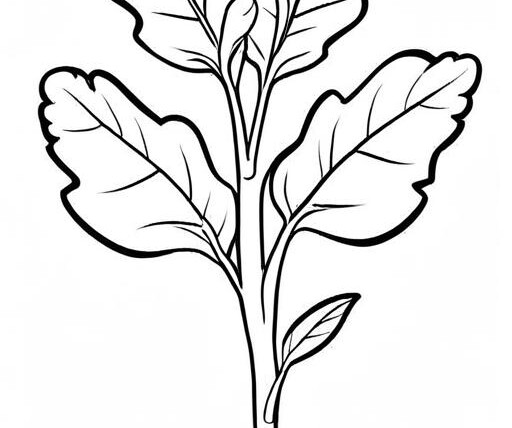
Maze Rampage Kids Activity Books: Unlock Fun and Learning for Toddlers and Preschoolers!
Engage Your Creative Mind with 2,500+ Free Adult Coloring Pages
100 Wasp Coloring Pages For Kids
48 Termite Coloring Pages For Kids